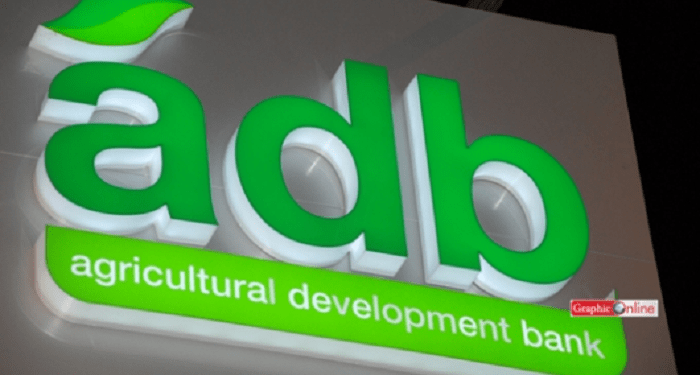A report by the Oxford Business Group (OBG) has revealed that gold production would continue to be the main driver of growth of the mining sector post-COVID-19, since compared to many other export commodities, it was not significantly impacted by the pandemic.
The report indicates that Ghana’s mining sector has been largely dominated by gold production and its performance during this COVID era has been outstanding.
As at 2018, Ghana outpaced South Africa as the continent’s largest producer of gold and maintained that feat in 2019, it was also the eighth largest producer in the world in both years and at the same time remains the main export commodity by value. Statistics from the Ghana Chamber of Mines indicate that gold production expanded by 6 percent from 2.808 million ounces in 2018 to 2.989 million ounces in 2019.
During the heightened periods of the pandemic, most of the country’s 14 large-scale gold mining companies continued work as planned, as mining was exempted from the lockdown. Although, some mining sites confirmed a number of COVID-19 infections, which resulted in quarantining of workers and therefore disrupted production, industry operators and the Ghana Chamber of Mines ensured continuity of work by adopting the use of mechanization, digitalization and automation in activities and less of labour involvement as well as ensuring the strict observance of COVID-19 protocols.
Accordingly, this accelerated production and increased efficiency. While the price of oil and other commodities sank low in the first three quarters of 2020, the pandemic-induced global economic decline and associated uncertainties resulted in a spike in gold prices as many people began turning their liquid assets into more non-liquid forms such as precious metals (gold) due to its advantage of being a safe asset (store of value) despite periods of global instability. This means that the price of gold is less likely to fluctuate readily during economic downturns, thus is able to keep owners’ investment secured over a long period of time.
Furthermore, data from the World Bank predicted that prices of precious metals are expected to be 13 percent higher in 2020 than in 2019. Further, the resilience may provide an increasing source of revenue for the government in the tough year ahead.
Statistics from the Ghana Chamber of Mines showed that Ghana collected GHS 1.1 billion in mineral royalties in 2019, and proceeds from the exports of minerals rose from $5.70 billion in 2018 to $6.678 billion in 2019, making up a 16 percent expansion in mineral revenue largely occasioned by improvements in gold, manganese and bauxite.
In 2020 a similar amount of GHS1.1 billion in mineral royalties was anticipated in the budget, unlike other revenue sources, it was revised to GHS1 billion during the budget review, which is close to the original expected amount. The government can therefore offset revenue shortfalls that are expected to continue in the other sectors, the report states.
These notwithstanding, what still remains a great challenge and which requires utmost attention is the fact that, for more than 100 years now, there is still no locally owned large-scale gold mining company in the country. Therefore, government must place more focus on partner with local private mining companies to raise up such large-scale mining companies.
READ ALSO: Ghana’s Manufacturing holds promise- OBG























